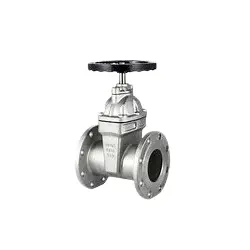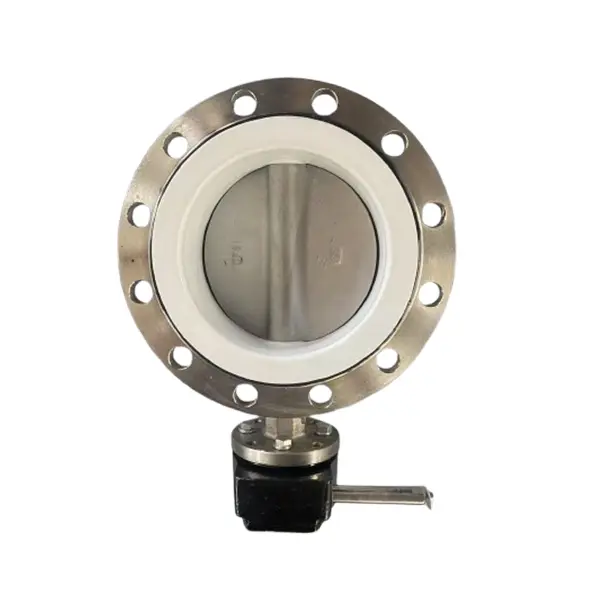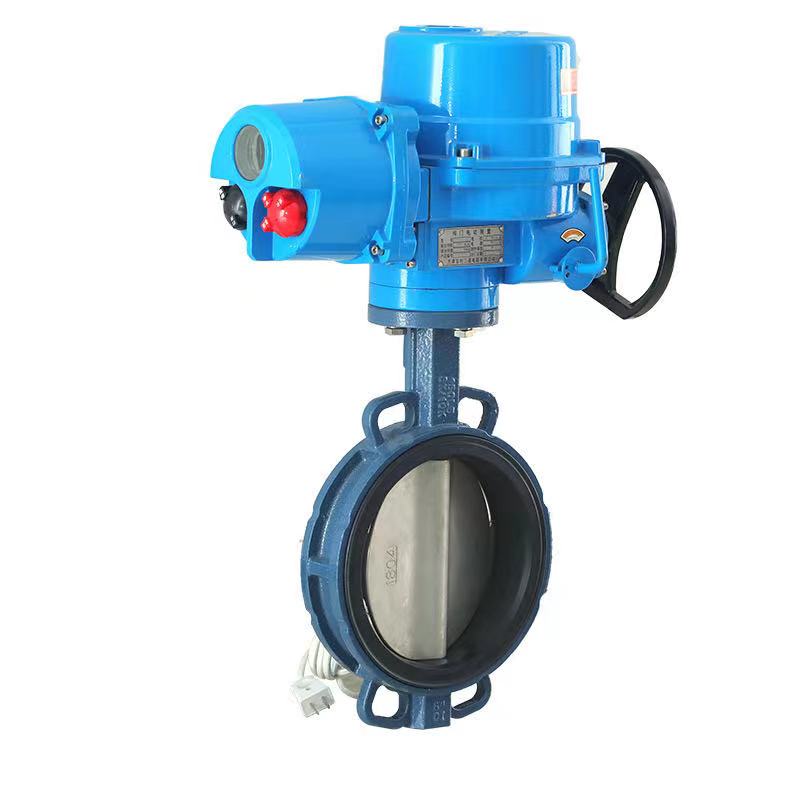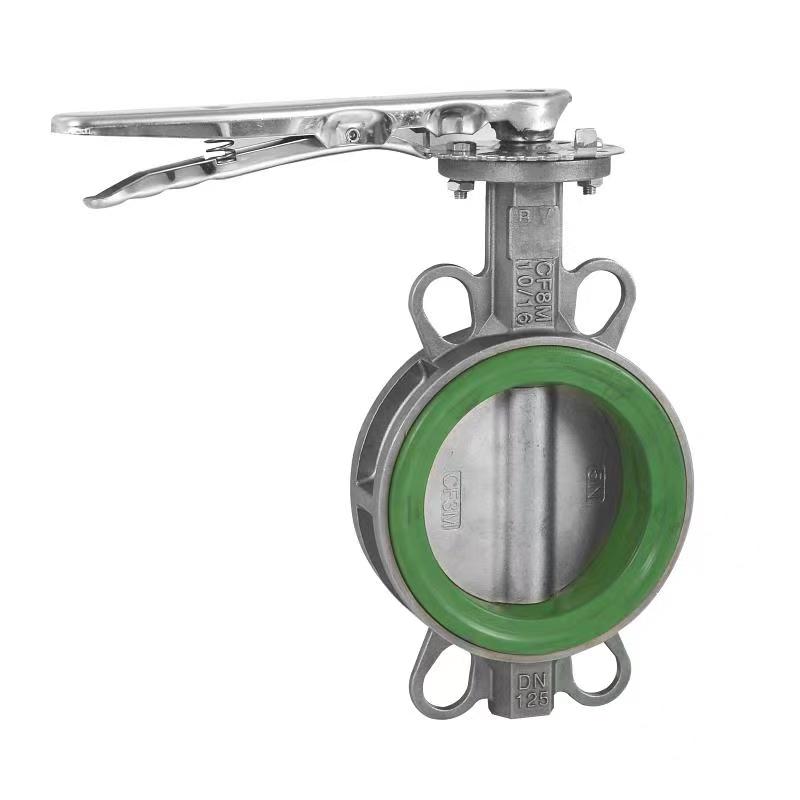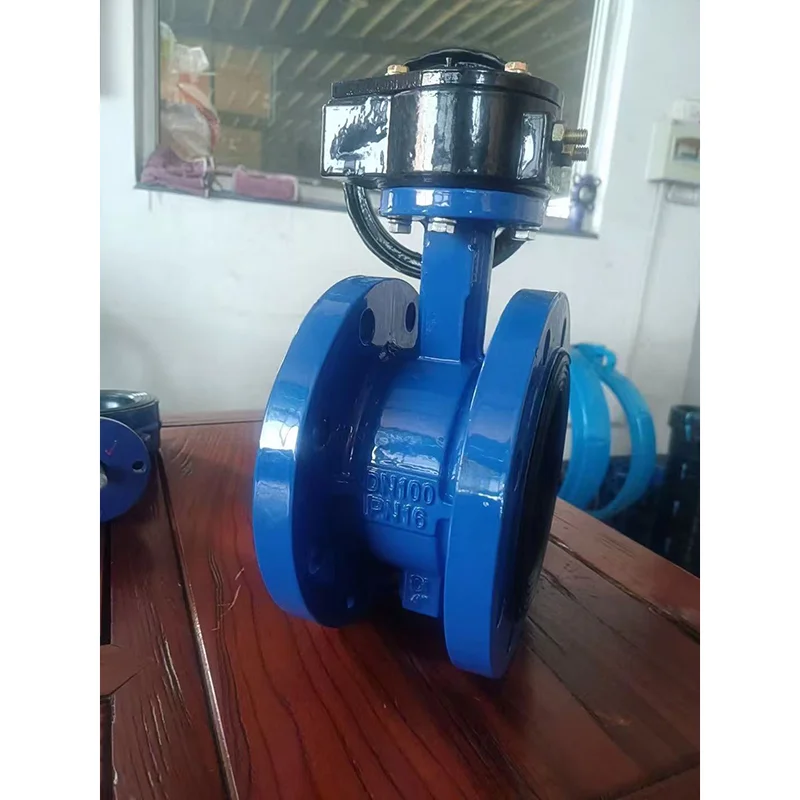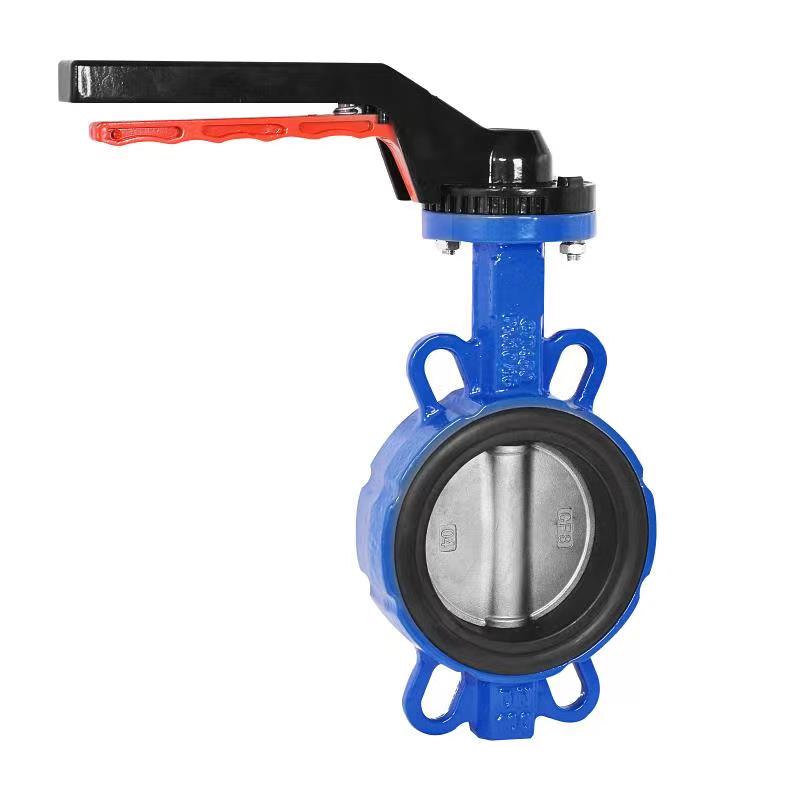- English
- Español
- Português
- русский
- Français
- 日本語
- Deutsch
- tiếng Việt
- Italiano
- Nederlands
- ภาษาไทย
- Polski
- 한국어
- Svenska
- magyar
- Malay
- বাংলা ভাষার
- Dansk
- Suomi
- हिन्दी
- Pilipino
- Türkçe
- Gaeilge
- العربية
- Indonesia
- Norsk
- تمل
- český
- ελληνικά
- український
- Javanese
- فارسی
- தமிழ்
- తెలుగు
- नेपाली
- Burmese
- български
- ລາວ
- Latine
- Қазақша
- Euskal
- Azərbaycan
- Slovenský jazyk
- Македонски
- Lietuvos
- Eesti Keel
- Română
- Slovenski
- मराठी
- Srpski језик
- Esperanto
- Català
- שפה עברית
- Cymraeg
- Latviešu
- icelandic
- ייִדיש
- беларускі
- Hrvatski
- Kreyòl ayisyen
- Shqiptar
- Malti
- lugha ya Kiswahili
- አማርኛ
- Bosanski
- Frysk
- ភាសាខ្មែរ
- ქართული
- ગુજરાતી
- Hausa
- Кыргыз тили
- ಕನ್ನಡ
- Corsa
- Kurdî
- മലയാളം
- Maori
- Монгол хэл
- Hmong
- IsiXhosa
- Zulu
- Yoruba
- অসমীয়া
- ଓଡିଆ
- Twi
- Samoa
- Sesotho
- සිංහල
- Gàidhlig
- Cebuano
- Somali
- Тоҷикӣ
- O'zbek
- Hawaiian
- سنڌي
- Shinra
- Հայերեն
- Igbo
- Sundanese
- Lëtzebuergesch
- Malagasy
- Tǝlam Kanuri
- Punjabi
- پښتو
- Chichewa
What should I do if the gate valve gets stuck during use?
2025-11-04
Solution to stuttering in the use of gate valves
Gate valves are widely used in industrial and civilian fields, but during use, they often experience jamming, which affects the normal operation of the system. The following is an analysis of the causes and solutions for gate valve jamming.
Impurity blockage
Impurities contained in the medium, such as rust, sand particles, welding slag, etc., can easily get stuck between the gate and valve seat of the gate valve, causing the gate valve to jam. For example, in some old water supply pipelines, due to long-term use, a large amount of rust will fall off the inner wall of the pipeline. When the gate valve is opened or closed, this rust may hinder the movement of the gate valve. The solution is to first close the upstream and downstream valves of the gate valve, empty the medium inside the gate valve, then disassemble the gate valve, clean the impurities on the gate and valve seat, and finally reinstall and debug.
Insufficient lubrication
If the transmission components of the gate valve, such as the valve stem and nut, lack lubrication, the friction force will increase, leading to the operation of the gate valve being stuck. For example, on some infrequently used gate valves, due to the lack of lubricant added for a long time, the friction between the valve stem and the valve cover intensifies, resulting in difficulties in opening or closing. In response to this situation, it is necessary to regularly add suitable lubricants to the transmission components of the gate valve, such as grease or lubricating oil, to reduce friction and ensure the flexible operation of the gate valve.
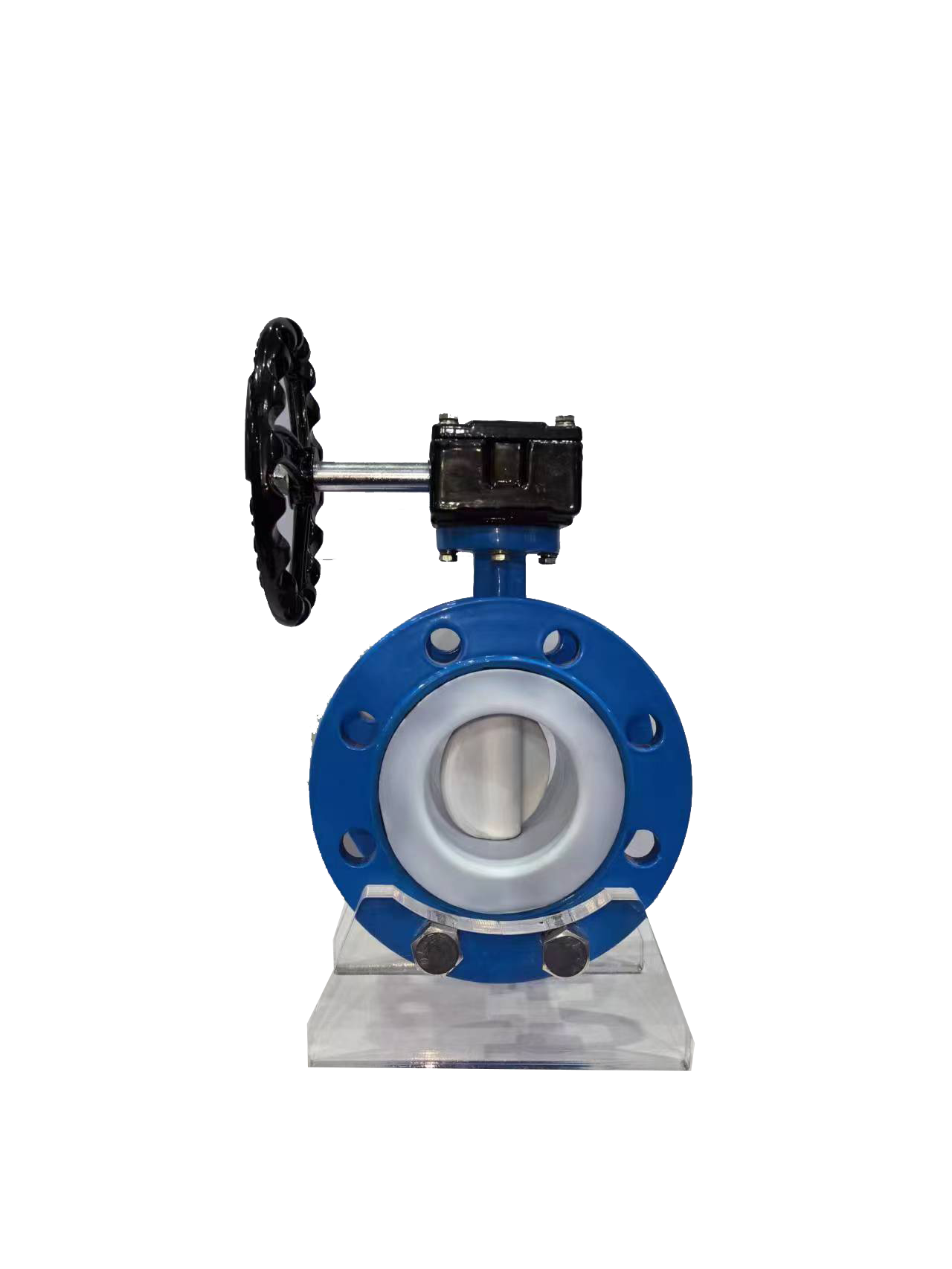
Installation issues
Improper installation of gate valves may also lead to jamming. If the gate valve is installed with a tilt or if the vertical deviation between the valve stem and the gate is too large, it will cause additional resistance to the gate during movement, resulting in jamming. For example, when installing large gate valves, uneven ground or improper operation by installation personnel can easily cause the valve to tilt during installation. At this point, it is necessary to readjust the installation position of the gate valve to ensure that it is installed horizontally and the valve stem is perpendicular to the gate plate.
Component wear and tear
After prolonged use, the components of gate valves such as gate plates, valve seats, and valve stems may experience wear and tear, resulting in increased or decreased fit clearances and causing jamming. When it is found that the jamming is caused by component wear, the worn parts should be replaced in a timely manner to restore the normal use of the gate valve.
Related News
- Can check valves prevent pump reversal
- What scenarios are check valves suitable for?
- What should I do if the check valve cannot stop the water?
- What should I do if there is leakage inside the check valve
- What are the types of check valves
- Are there any requirements for the installation direction of butterfly valves?
New Products






